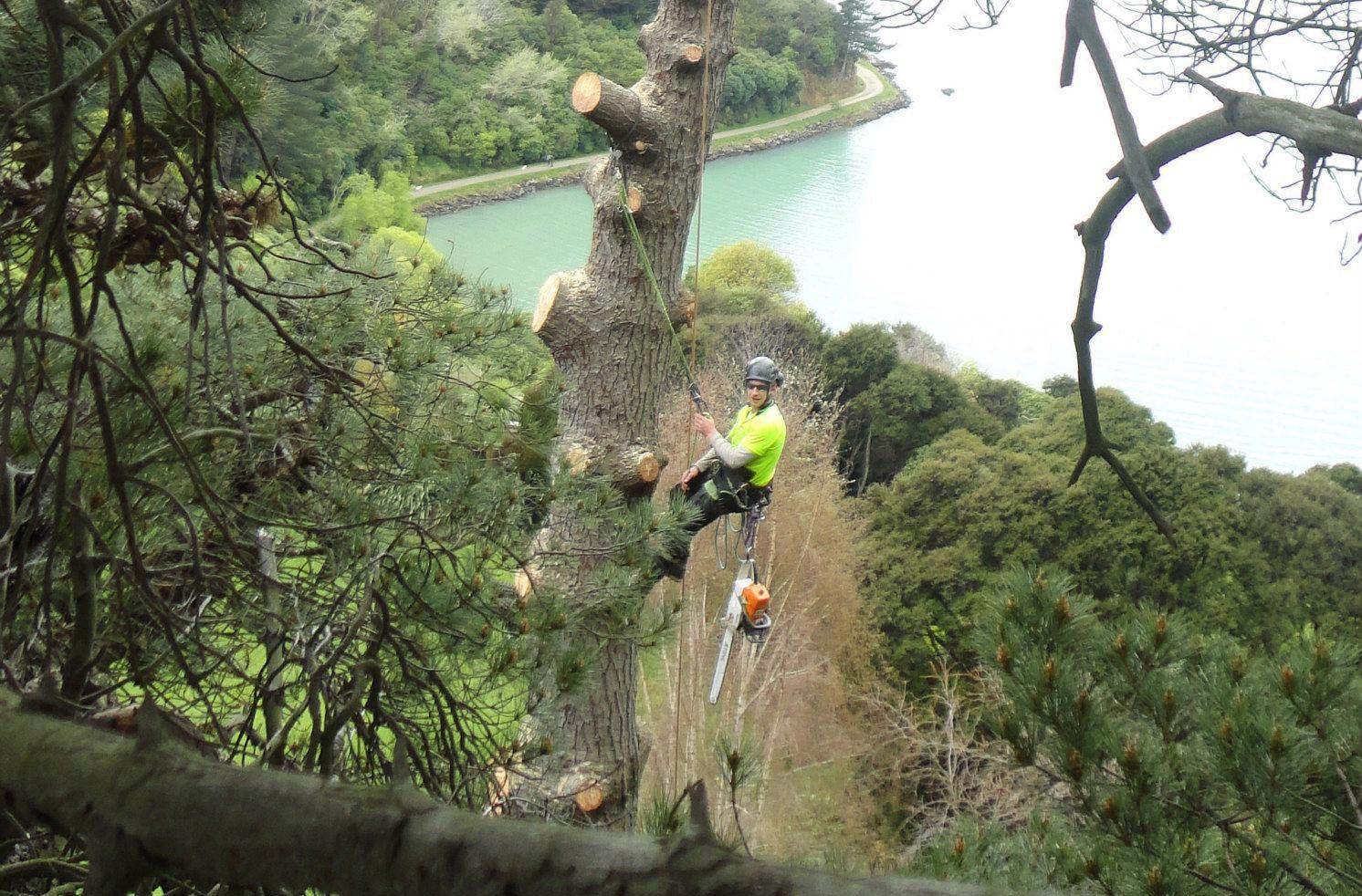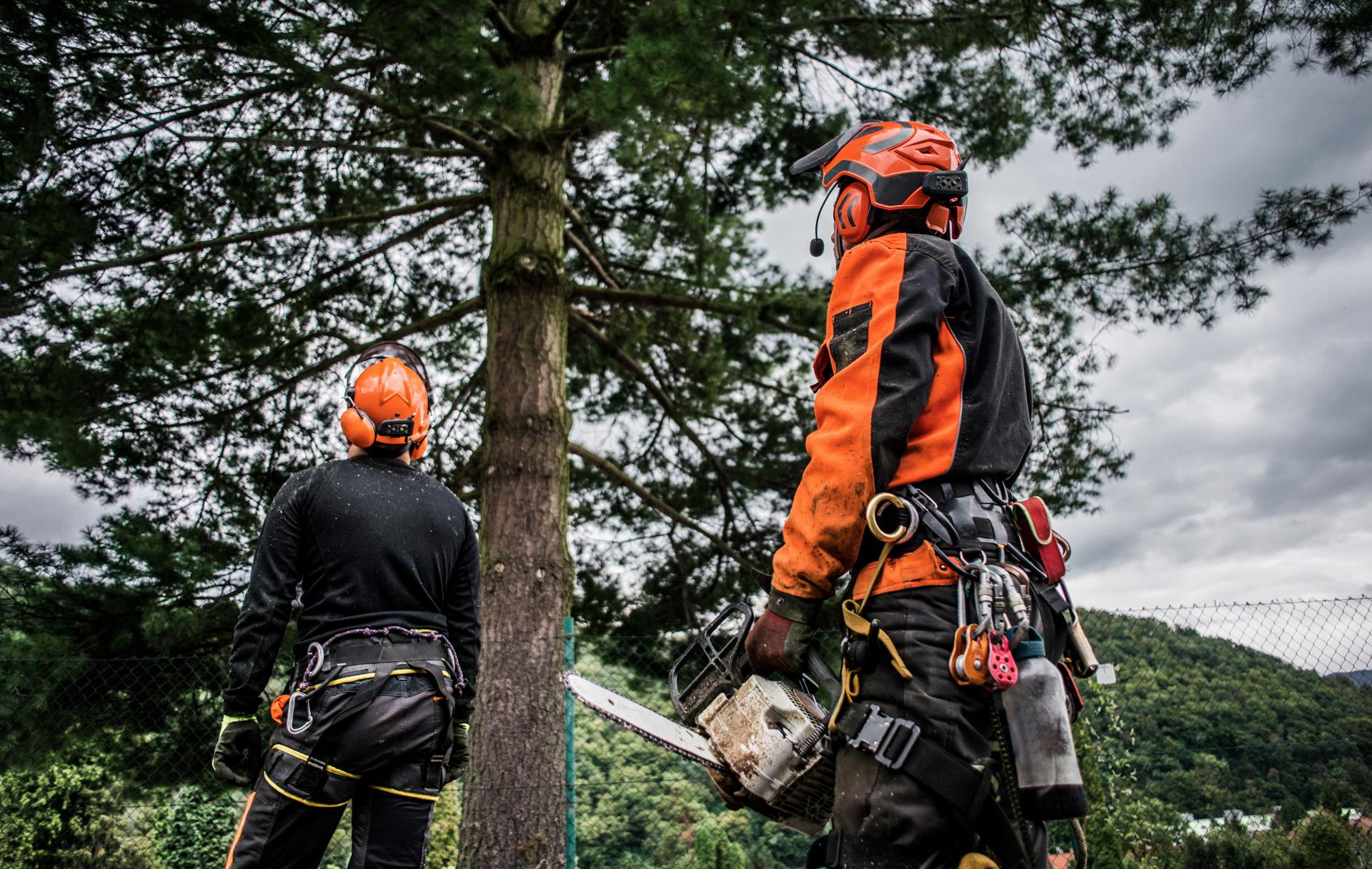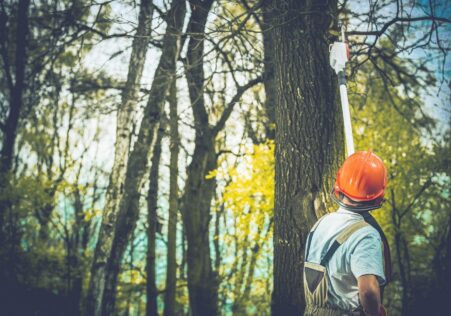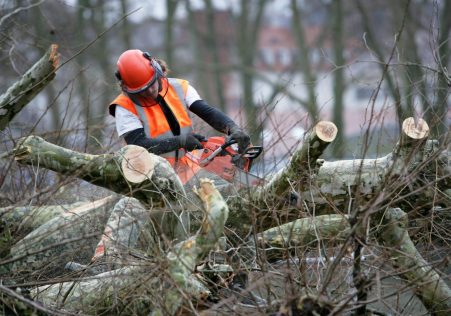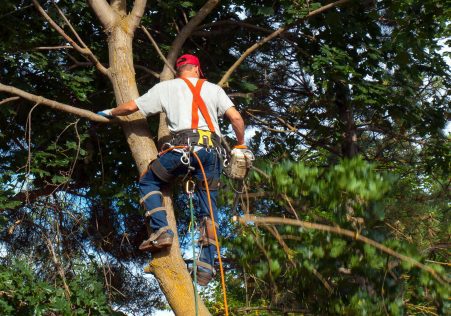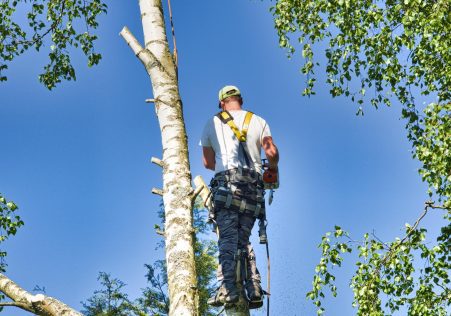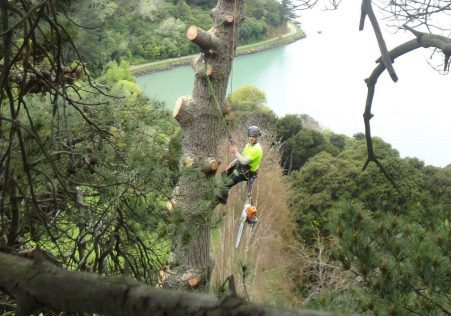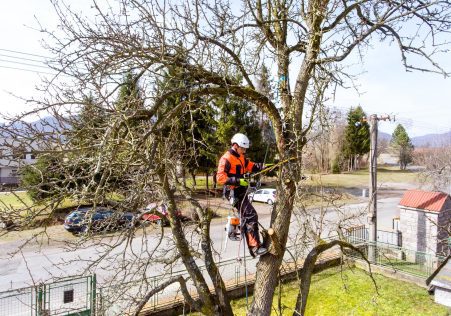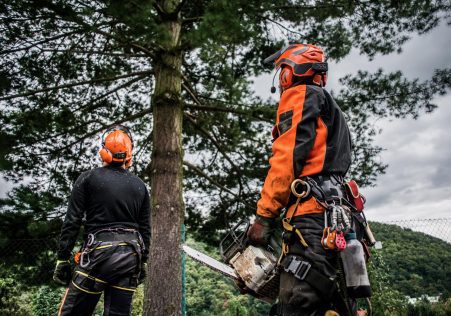The Surprisingly Longevity Of Tree Roots After Cutting Down
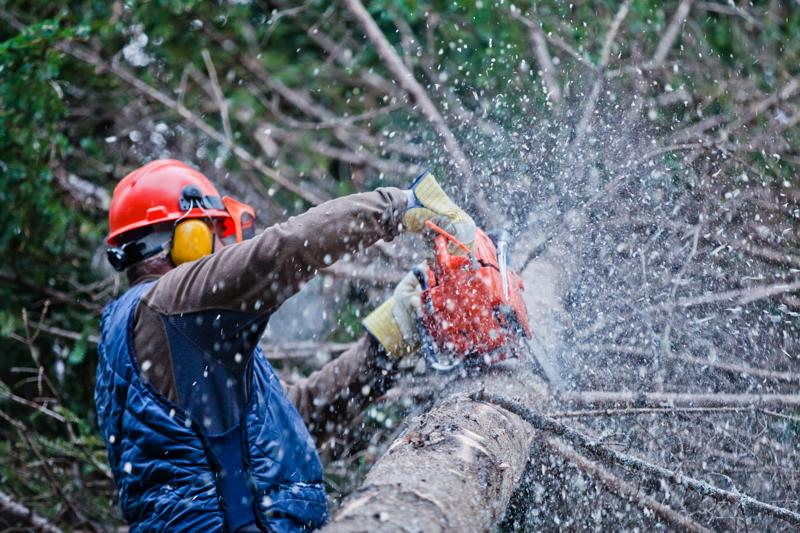
Tree removal is an essential job for many property owners, but it’s not as simple as cutting the tree’s branches and leaving the root to decompose. Understanding the longevity of tree roots is vital for ensuring that the removal process is done in a safe and secure manner. The article below we will look at the time that roots last after a tree is cut down and answer some of the most frequently asked questions regarding this subject.
How long do tree roots last after cutting them down?
The lifespan of tree roots after a tree is cut down may vary widely based on the type of the tree being cut down, size of the roots, as well as the environment conditions. In general, it’s possible to conclude that the roots of trees continue to exist for a long time after the tree is cut down. This is due to the fact that the roots remain capable of taking in moisture and nutrients from soil and absorbing nutrients from the soil, regardless of whether the tree is removed.
Factors that Affect the Longevity of Tree Roots
There are many variables that affect the life span of tree roots after a tree is removed. These include different species of trees There are certain species of trees that contain roots that are robust and more durable than others. For instance the oak tree’s roots have been observed to last for a long time after the tree was taken down. Size of the roots The bigger the roots of a tree are, the longer they will likely live after the tree has been cut down. This is because bigger roots are more able to absorb nutrients and moisture in the soil. Environment conditions: The soil type, temperature, as well as the level of moisture in the area that trees were removed can all impact the longevity of the roots. In the event that the soil has become dry and compacted, the roots will decay more rapidly. When the soil remains moist and well-drained it will be longer lasting for the roots.
What happens to tree Roots Following the cutting?
If trees are cut down the roots gradually begin to decay. The process could take several years depending on the circumstances that were discussed earlier. In this period the roots slowly let nutrients into soil which can be beneficial for other plants that are in the vicinity. After the roots have completely gone through their decomposition, they will no longer pose a threat to the surrounding landscapes or structures.
FAQs:
Can tree roots regrow after cutting down?
The roots of trees cannot regrow after a tree has been removed. Once the roots are removed, they will slowly begin to break down and no longer be capable of regrowing.
Will tree roots continue to grow after cutting them down?
No, tree roots will not remain growing after a tree is removed. But, they’ll remain alive for a number of years, as they are still capable of taking in nutrients and moisture out of the earth.
Will tree roots continue to grow even after cutting down?
It is not true that tree roots won’t continue to grow after a tree is removed. Once the tree has been removed, the roots are slowly beginning to break down and will no longer pose a threat to the landscape or surrounding structures.
Conclusion:
In conclusion, the duration of tree roots after the tree has been cut down can vary greatly according to a number of variables. Knowing the duration the tree’s roots can last is crucial for ensuring that the tree removal process is done in a safe and secure manner. If you have a tree that needs being removed it is always best to hire an experienced Sydney Tree Removal Arborists arborist to carry out the job. Our highly skilled and knowledgeable arborists are equipped with the right equipment and experience to safely and efficiently remove trees and address any concerns regarding the durability and longevity of roots. Contact us now at 1300 636 143 to schedule a consult and to learn how we can help you remove trees within Sydney. Do not risk damaging your property or risking your life trying to remove a tree on your own. Let the experts at Sydney Tree Removal Arborists handle all of your tree removal needs.

